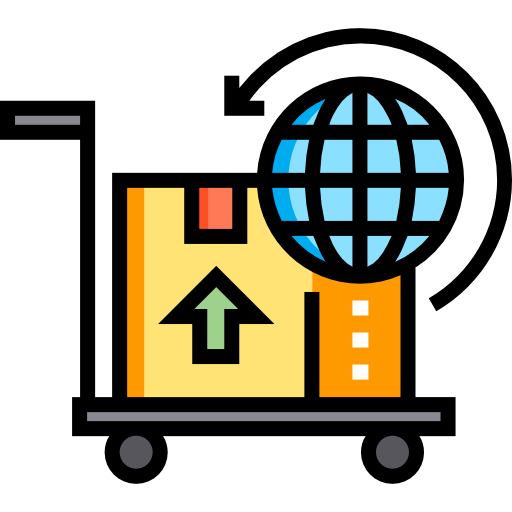In the ever-expanding world of e-commerce, tracking the right metrics is akin to steering a spaceship through the cosmos. The digital landscape offers a plethora of data, but not all metrics are created equal. To succeed in the competitive realm of online retail, e-commerce businesses must identify and monitor the most relevant and impactful metrics. In this article, we will explore the top e-commerce metrics to track, helping you navigate your digital journey with precision and purpose.
1. Conversion Rate: The North Star of E-commerce
Conversion rate is the compass that guides your e-commerce strategy. It measures the percentage of website visitors who take a desired action, such as making a purchase. Tracking your conversion rate allows you to gauge the effectiveness of your website design, product listings, and marketing campaigns. A rising conversion rate signifies that you are successfully turning visitors into customers.
2. Average Order Value (AOV): Uncover Hidden Revenue
AOV measures the average amount a customer spends in a single transaction. Monitoring AOV helps you identify opportunities to increase revenue. By strategically upselling or cross-selling products, you can boost the AOV and maximize the value of each sale. A higher AOV can have a significant impact on your bottom line.
3. Customer Acquisition Cost (CAC): Know What It Takes to Win Customers
CAC calculates the cost of acquiring a new customer, taking into account marketing expenses and efforts. Keeping tabs on CAC helps you allocate your marketing budget more efficiently. Lowering your CAC while maintaining or increasing customer acquisition rates is a sign of a healthy e-commerce business.
4. Customer Retention Rate: Building Long-Term Relationships
Customer retention rate measures the percentage of customers who return to make additional purchases. Repeat customers are often more valuable than new ones, as they require less marketing expenditure. Fostering loyalty through exceptional service and personalized experiences can boost your retention rate and long-term revenue.
5. Cart Abandonment Rate: Tackling Lost Opportunities
Cart abandonment rate reveals how many shoppers add items to their cart but fail to complete the purchase. High abandonment rates can indicate issues with the checkout process, shipping costs, or unexpected fees. Analyzing and addressing these obstacles can help recover potentially lost sales.
6. Revenue by Traffic Source: Understand Your Audience
Knowing where your revenue is coming from is crucial for optimizing your marketing efforts. Analyze the sources of traffic that generate the most revenue, whether it’s organic search, paid advertising, social media, or referrals. This insight enables you to allocate resources strategically.
7. Customer Lifetime Value (CLV): Invest in Loyalty
CLV quantifies the total value a customer brings to your business throughout their entire relationship with you. It’s a key metric for assessing the long-term impact of your marketing strategies. Investing in customer satisfaction, retention, and loyalty can significantly increase CLV.
8. Inventory Turnover Rate: Balance Supply and Demand
Inventory turnover rate measures how quickly you sell and replace your stock. A high turnover rate indicates that you’re efficiently managing inventory and meeting customer demand. On the other hand, a low turnover rate can lead to overstocking and excess storage costs.
9. Website Traffic: Measure Your Online Footprint
Website traffic metrics, such as page views, unique visitors, and time spent on site, provide insights into your online presence. Monitoring these metrics helps you assess the effectiveness of your content, user experience, and marketing campaigns. It’s essential to track not only the quantity but also the quality of traffic.
10. Return on Investment (ROI): Evaluate Marketing Effectiveness
ROI measures the return you get on your marketing investments. By comparing the gains against the costs, you can determine which marketing channels and campaigns are the most effective. Optimizing ROI allows you to allocate your budget wisely.
Conclusion
In the vast cosmos of e-commerce, the right metrics act as your guiding stars. Tracking and interpreting these top e-commerce metrics is essential for making informed decisions, optimizing your strategy, and achieving sustainable growth. Whether you’re navigating the challenges of cart abandonment, enhancing customer loyalty, or maximizing your ROI, these metrics provide the insights needed to succeed in the ever-evolving world of online retail. By staying vigilant and responsive to these key indicators, you can chart a course toward e-commerce success with confidence.








